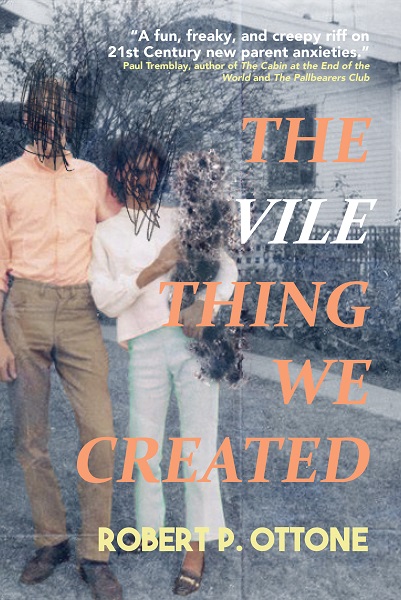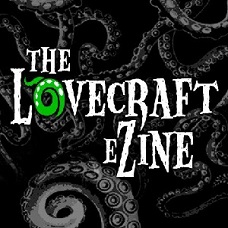Welcome to my first author interview. I’m hoping these will become a recurring feature on my website. Many thanks to Robert P. Ottone for being my guinea pig. Without further ado, let’s get to the interview.

1. What made you start writing horror?
I started writing horror as a therapeutic exercise in dealing with my grief over losing my dad. From there, it turned into something where I could explore my own fears and insecurities about certain things, certain aspects of life, normal stuff we deal with every day, so, dealing with such heavy grief was the impetus.
2. What is your favorite tool (vocabulary, commas, dialogue, flashbacks, etc.) in your writer’s toolbox?
I’d say dialogue. I’m a habitual eavesdropper, I pay very close attention to a person’s cadence, their vocabulary, their inflections, their mispronunciations, etc. I’m obsessed with language, with a language’s origins, its evolution. I’m actually in the process of putting together the silliest thesis paper on the commonalities between two languages that do not share a common root. I know I went off on a tangent there, but I guess dialogue, language and the evolution of language are things in my toolbox.
Along with coffee and cigars.
3. If your life was on the line, which iteration of Batman would you want to save you?
Ben Affleck’s Batman. We’d never experienced true terror in looking at a Batman before him. He was enormous. Terrifying. Violent. Bruce/Batman should always be physically larger than Clark/Superman because Superman has never had to work out a day in his life, he’s just … Superman. Batman must be the physical embodiment of intimidation and terror, and to me, Affleck is exactly that.
Bruce and Clark need to be reflections of one-another, but the mirror has to be obscured differently for both. Bruce is a massive, physically perfect specimen, where Clark is a normal guy.
Affleck’s Batman nailed that.
Pattinson comes close, but we’re not there yet.
4. What should readers know about your most recent work (or works) and where can they find your writing?
My most recent novel is The Vile Thing We Created, published by Hydra Publications. It’s available wherever books are sold, and I’m super-excited about it. Amazon, Bookshop, B&N, everywhere.
In addition to the book links above, you can find all of Robert P. Ottone’s darkest secrets by visiting this link.












